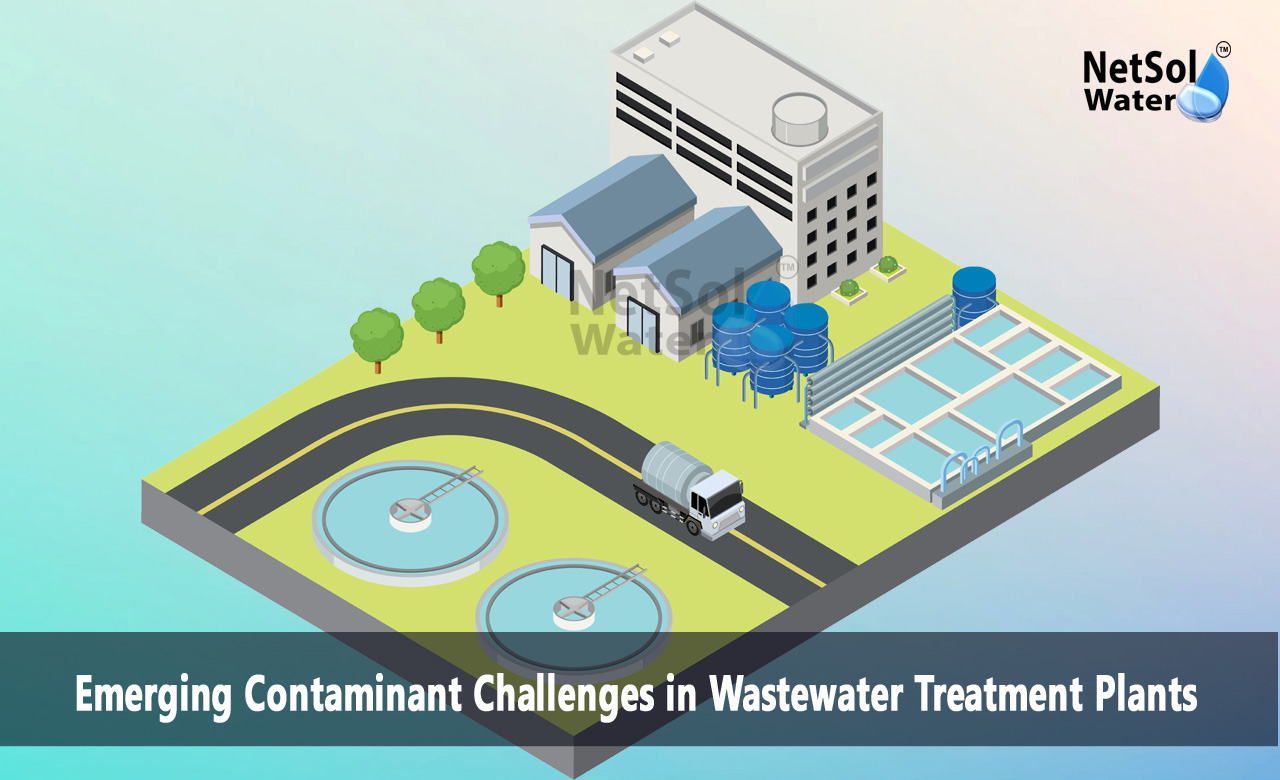Emerging Contaminant Challenges in Wastewater Treatment Plants
Emerging Contaminant Challenges in Wastewater Treatment Plants demand clear action from operators, researchers and policy makers. New chemicals appear in small amounts and they still affect water bodies and public health. People use more medicines, personal care products and new materials that reach sewers and flow to treatment plants. Most plants work well for solids nutrients and pathogens yet they often do not remove trace compounds. This gap leads to steady release of compounds to rivers lakes and coastal zones. Operators need to know what they face so they can set realistic plans and budgets. Regulators must update rules so they match current science. Communities need simple guidance to reduce flush down that adds unwanted loads.
Types of Emerging Contaminants
Pharmaceutical and Personal Care Products
Pharmaceuticals come from homes, hospitals and farms. They include pain, medicines, antibiotics and hormones. Many of these molecules pass through conventional treatment unchanged. Fish and small animals show effects at low levels. Removing these compounds needs targeted methods and steady monitoring.
Industrial Chemicals and Flame Retardants
Industry releases chemicals that resist breakdown and that bind to solids. Flame retardants and plastic additives move into sludge and sediments. These compounds can build up in food chains. Treatment must include steps that break stable bonds or capture molecules before they leave the plant.
Microplastics and Nanomaterials
Microplastics enter systems from laundry products, packaging and tire wear. They carry other pollutants on their surfaces. Nanomaterials enter from new products and they behave in unexpected ways. Their small size makes them hard to trap with ordinary filters.
Detection and Monitoring Challenges
Analytical Limits and Cost
Detecting trace compounds needs precise instruments and skilled staff. Many plants lack funds for this work. Managers must choose which targets to monitor and how often to sample. Limited budgets force hard choices that affect early warning and problem control.
Data Interpretation and Action Thresholds
Finding a compound does not always mean harm. Scientists must set levels that trigger actions. Many contaminants have no clear standards. This gap makes it hard to tell the public what the results mean and it slows regulatory decisions.
Monitoring Networks and Frequency
Single tests give a short view only. Regular monitoring and targeted surveys show trends and seasonal shifts. A network of sites helps spot pollution pulses and helps guide upgrades. Designing such a network needs balance between cost and useful data.
Treatment Technology Gaps
Advanced Oxidation and Adsorption
Advanced oxidation breaks complex molecules and adsorption traps them on solids. These methods work for many modern chemicals. They add cost and need careful control. Plants have to test pilots and then scale up once they see reliable results.
Membrane Systems and Energy Use
Membranes block small particles and dissolved compounds. They demand energy and ongoing cleaning. Fouling reduces performance and raises operating cost. Utilities must plan for steady energy and trained teams to keep membranes working.
Sludge Management and Byproducts
When treatment removes contaminants they often move into sludge. Handling that sludge safely becomes a new step in the chain. Options include heat treatment land application or controlled disposal. Each option needs clear rules and public acceptance.
Regulatory and Management Issues
Standards and Regulatory Gaps
Regulators update lists slowly while science moves fast. Many compounds do not yet have limits. This slow process creates uncertainty for utilities and for companies that discharge to sewers. Clear phased standards help utilities plan and protect water bodies more predictably.
Stakeholder Engagement and Funding
Communities utilities and industries must work together to set priorities and find money. Funding comes from user rates grants and partnerships. Plain plans that show cost and benefit help secure support. Education helps reduce improper disposal and lowers loads at source.
Adaptive Management and Research Links
Plants should use adaptive strategies that change with new science. Partnerships with universities and labs speed learning. Small scale pilots test new methods before full scale roll out. This approach keeps operations flexible and cost aware.
Conclusion
Emerging Contaminant Challenges in Wastewater Treatment Plants, shape decisions on monitoring treatment and policy. Operators must measure trends and update technology while regulators must set clear phased standards. Communities must join efforts to reduce unwanted loads and to support fair funding. If you want more information or a site review, contact us for a consultation. We will discuss your needs, inspect your system and suggest practical steps to improve water safety and long term outcomes. Emerging Contaminant Challenges in Wastewater Treatment Plants need action now and we stand ready to help.
Contact Netsol Water at:
Phone: +91-9650608473, Email: enquiry@netsolwater.com



